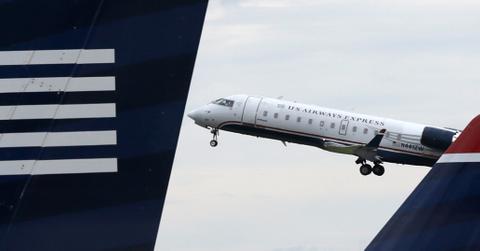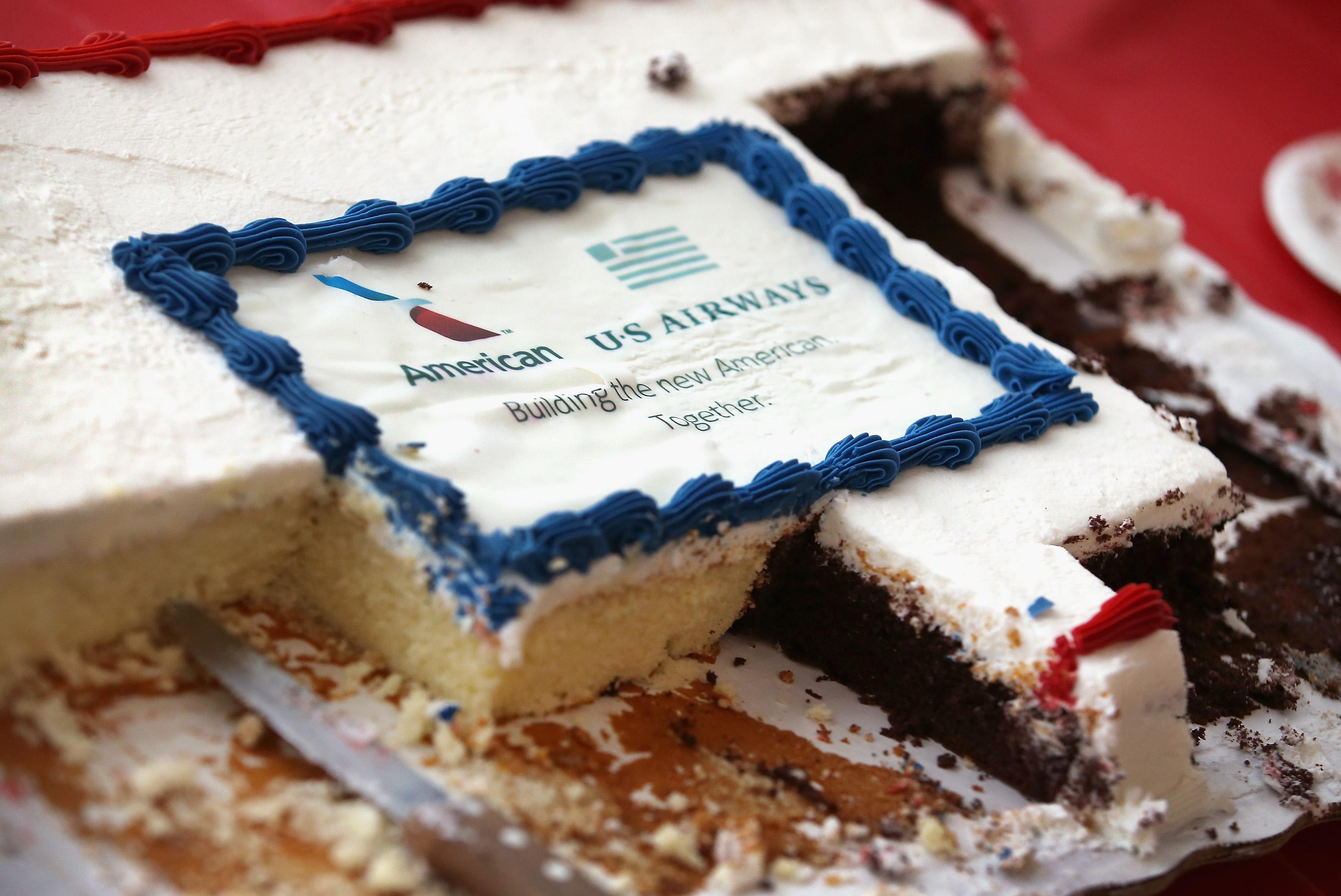Airline Merger Rumors in 2021: What US Airways Taught Us
Airline merger rumors are inevitable. Here's what the US Airways merger with American taught us. What are the merger rumors in 2021?
April 8 2021, Published 2:46 p.m. ET
The US Airways and American Airlines merger in 2015 ultimately created the world's largest airline. Just a few years later, US Airways dissolved and Americans were truly left with one monstrous organization. Now, airline merger rumors in 2021 are digging up old dirt.
Did the historic merger foreshadow what might be to come in the industry?
What happened when US Airways merged with American Airlines?
In 2013, American Airlines announced it was merging with US Airways in what would be a historic move. Just two years later and the deal was done for a record-shattering $17 billion. This was great for American Airlines, which went through Chapter 11 bankruptcy in 2011. US Airways experienced a bankruptcy event too, as well as a previous merger with America West Airlines that left the company in no better condition.
Currently, American Airlines maintains a leading market share with 19.3 percent of the domestic market. The company is trailed by Southwest, Delta, and United, respectively. However, the COVID-19 pandemic has changed things. Debts are creeping up on American Airlines and other airline companies.
Airline merger rumors buzzing in 2021
With business airline travel down 85 percent in 2020, airlines across the board will undoubtedly face difficulty in paying off their expenses and growing debts. Many people think that this will lead to consolidation throughout the industry, with revenue from the deals helping companies on both sides of the bench pay their dues.
Even American Airlines, which recently stood so high, now holds a debt that's six times its projected 2022 earnings, according to Business Travel News.
International airlines like Korean Air (which is acquiring Asiana Airline) are already making moves. Japan Airlines might be next with All Nippon Airways. Domestically, the rumors are vague, although Delta stands to profit off the Korean merger due to its 10 percent stake in the company.
Consolidated industry and airline prices
During the US Airways and American merger negotiations, the Department of Justice got involved for a brief but meaningful period of time. The Department of Justice was concerned about monopolization and the potential effects on the industry. Numerous state attorney generals also got involved in the antitrust investigation. Monopolization decreases competition and drives up prices. Ultimately, American Airlines was able to satisfy the Department of Justice by giving up a few spots at popular airports and maintaining consistent operational levels for at least three years.
Adjusting for inflation, airfare costs actually dropped by about nine percent from 2010–2019. Airlines made up for it in other ways, primarily by charging more for in-flight amenities.
The COVID-19 pandemic has caused flight prices to decrease even more. By September 2020, the average rates dropped 30 percent YoY (that number is even higher for business flights). All things considered, airline rates have been on a positive trajectory since the government started tracking the issue in 1995.
The historic consolidation of US Airways and American might have smelled like undue price pressure, but the reality has actually been much different. However, more consolidation over the long term could lead to unstable corporations with too much risk to handle global crises as they come.


